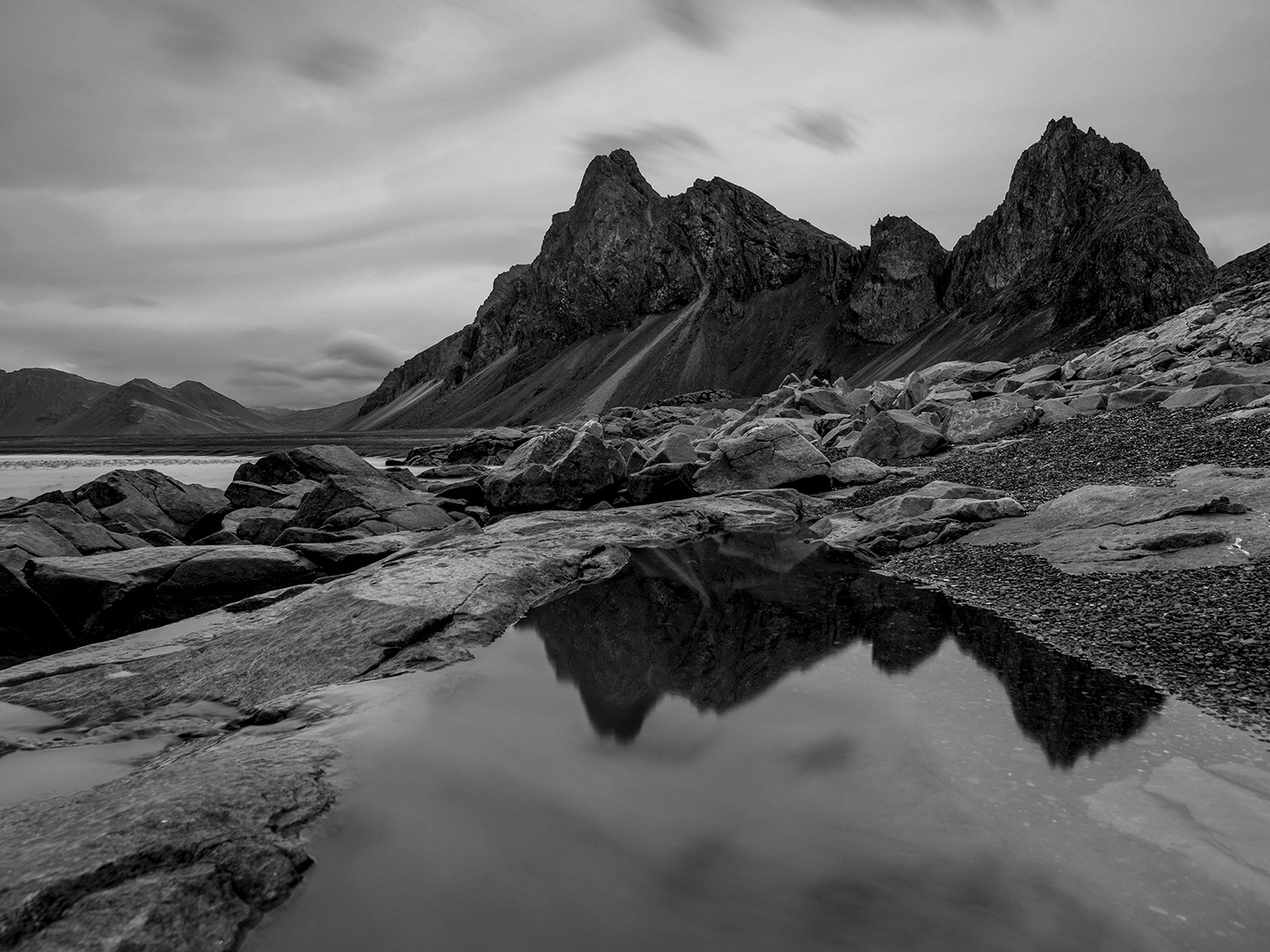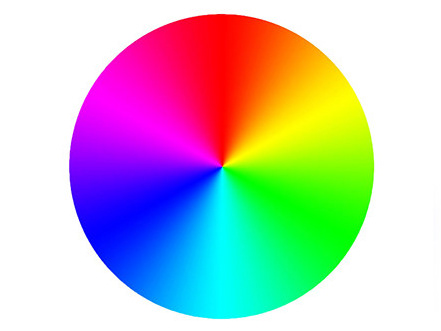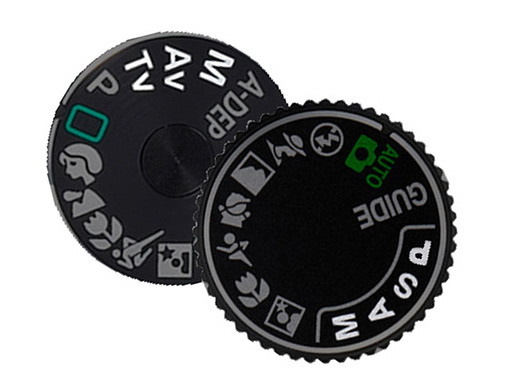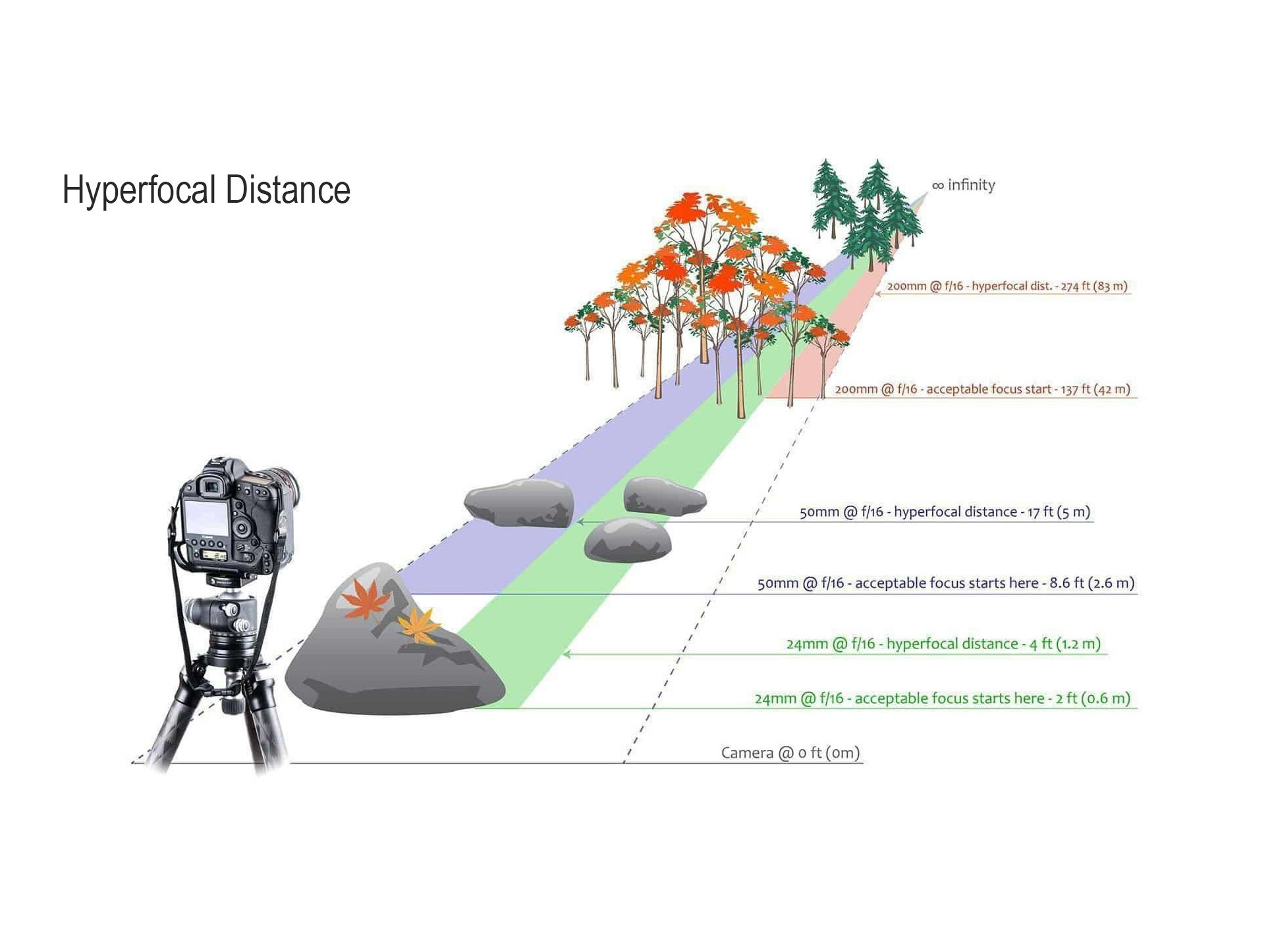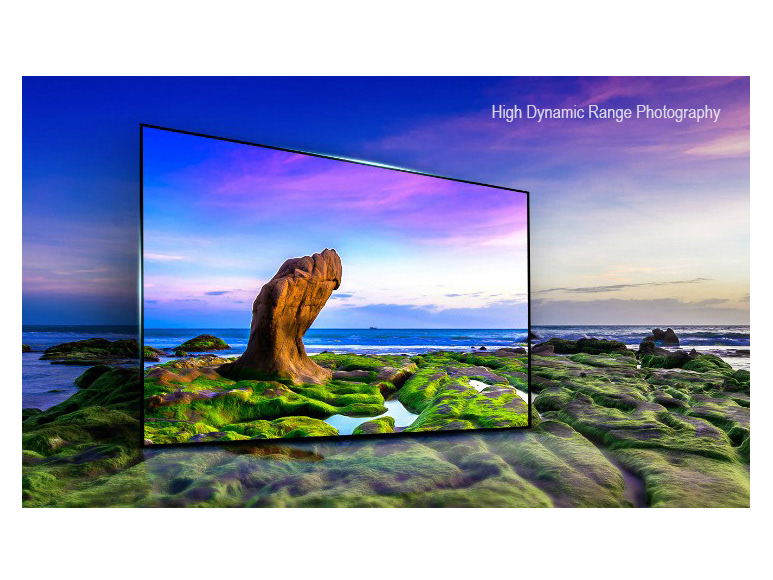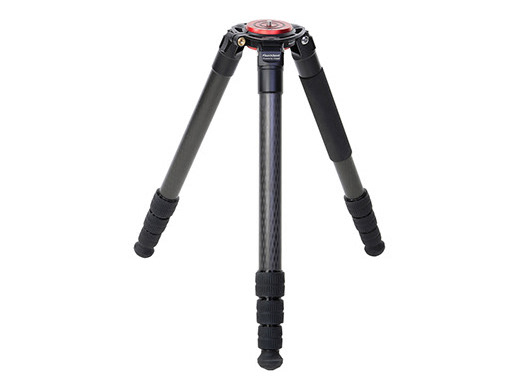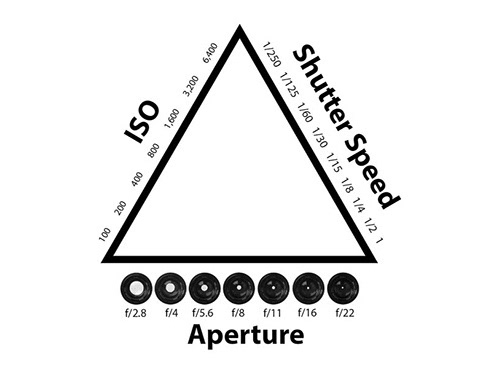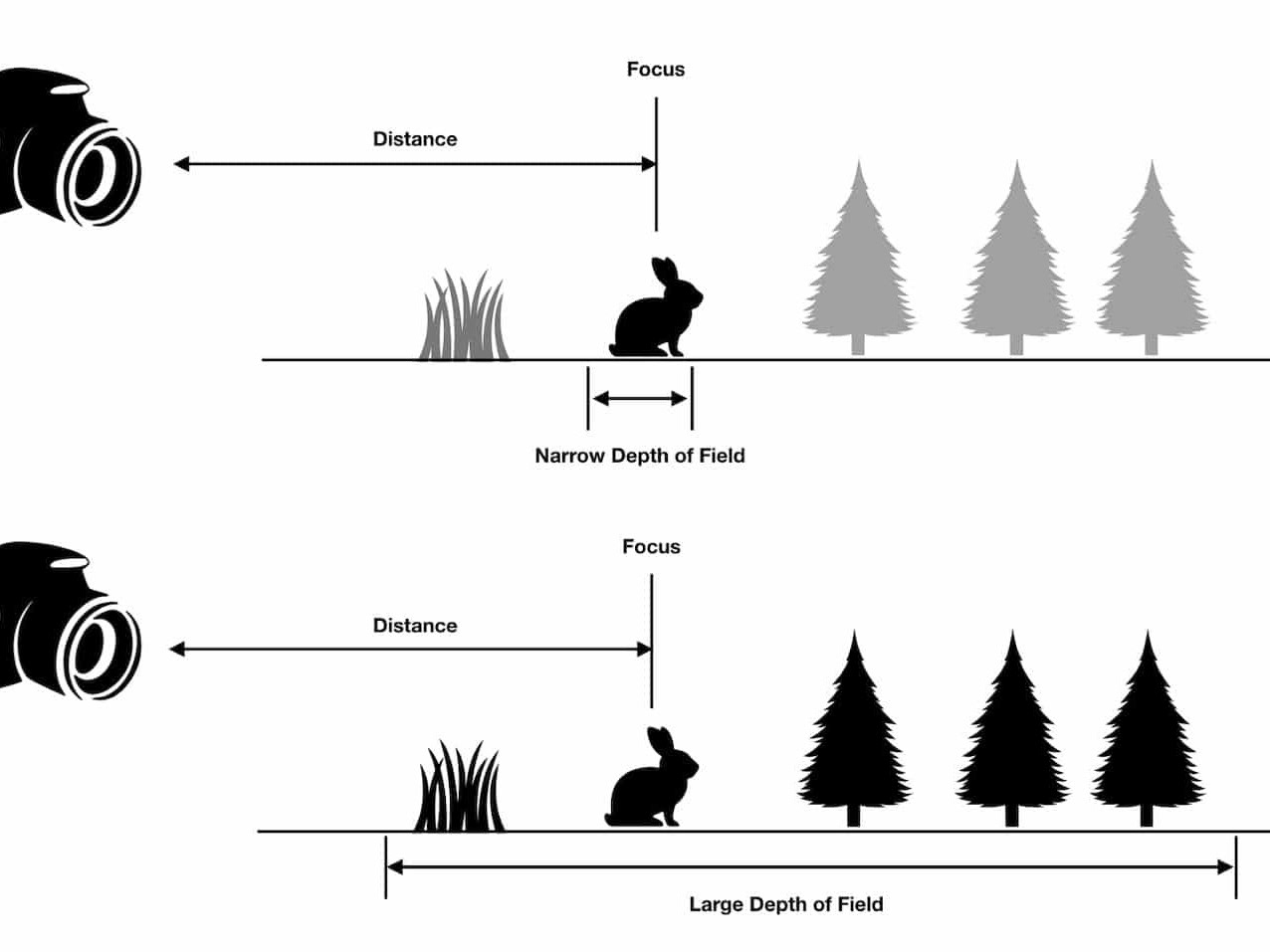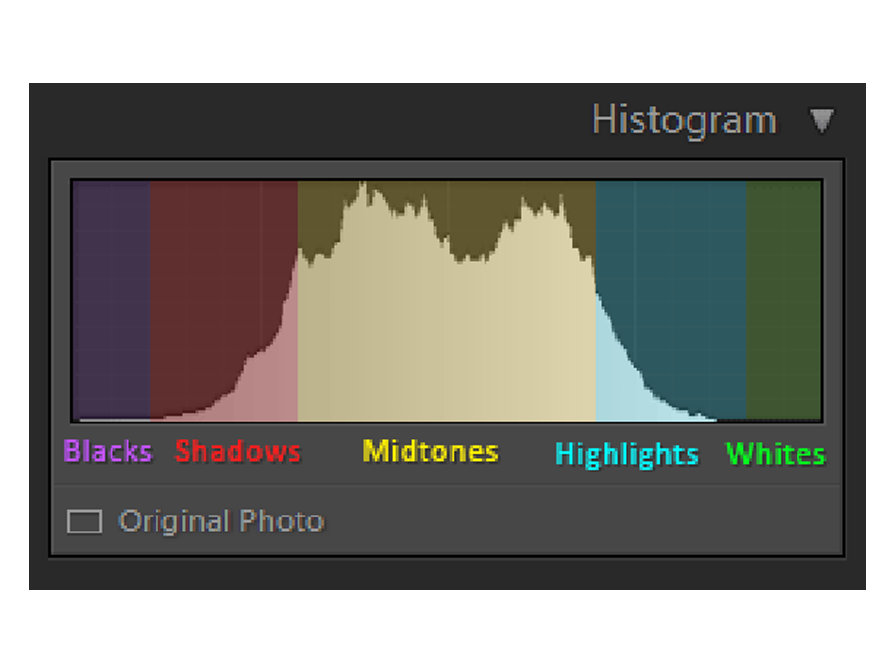What's a Nd Filter?
In photography and optics, a neutral-density filter, or ND filter, is a filter that reduces or modifies the intensity of all wavelengths, or colors, and light. The purpose of a standard photographic neutral-density filter is to reduce the amount of light entering the lens. Doing so allows the photographer to select combinations of aperture, exposure time and sensor sensitivity that would otherwise produce overexposed pictures. This is done to achieve effects such as a shallower depth of field or motion blur of a subject in a wider range of situations and atmospheric conditions.
For example, one might wish to photograph a waterfall at a slow shutter speed to create a deliberate motion-blur effect. The photographer might determine that to obtain the desired effect, a shutter speed of seconds was needed. On a very bright day, there might be so much light that even at minimal speed and a minimal aperture, the ten-second shutter speed would let in too much light, and the photo would be overexposed. In this situation, applying an appropriate neutral-density filter is the equivalent of stopping down one or more additional stops, allowing the slower shutter speed and the desired motion-blur effect.
Instead of reducing the aperture to limit light, the photographer can add a ND filter to limit light, and can then set the shutter speed according to the particular motion desired (blur of water movement, for example) and the aperture set as needed (small aperture for maximal sharpness or large aperture for narrow depth of field (subject in focus and background out of focus)). Using a digital camera, the photographer can see the image right away and choose the best ND filter to use for the scene being captured by first knowing the best aperture to use for maximal sharpness desired. The shutter speed would be selected by finding the desired blur from subject movement. The camera would be set up for these in manual mode, and then the overall exposure adjusted darker by adjusting either aperture or shutter speed, noting the number of stops needed to bring the exposure to that which is desired. That offset would then be the amount of stops needed in the ND filter to use for that scene.
In landscape and seascape photography the photographers use individual ND filters with different f-stops to influence light exposure, but you can also get variable ND filterswhich are a single filter that can be rotated to cover a number of f-stops. This offers great flexibility. It also means you don’t need to keep changing filters every time you want to alter light levels.
If you’re new to using ND filters, there’s a lot to get your head around at the offset. But, the best advice is just to stick one (preferably a good quality make) on your lens and experiment. These are probably one of the most exciting filters to play around with, allowing you to create interesting and unique photographic effects.


